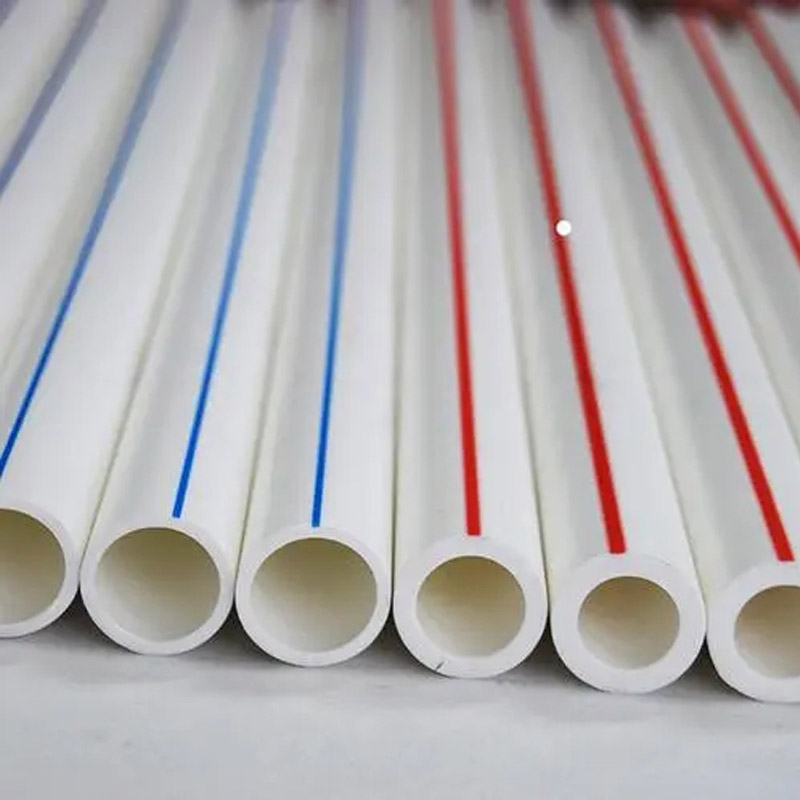Aug . 16, 2024 18:10 Back to list
Cost Analysis of 48 Inch HDPE Pipe for Construction and Environment Projects
Understanding the Cost of 48-Inch HDPE Pipe
High-Density Polyethylene (HDPE) pipes have become a popular choice for various industrial, municipal, and agricultural applications due to their durability, corrosion resistance, and ease of installation. Among the various sizes available, the 48-inch HDPE pipe is particularly notable for its capacity and wide range of uses. However, understanding the cost implications of such pipes is essential for project budgeting and planning.
Factors Influencing Cost
Several factors influence the cost of 48-inch HDPE pipes. The primary considerations include material costs, manufacturing processes, transportation, and installation expenses.
1. Material Quality The purity and quality of HDPE resin directly affect the pipe's cost. Higher quality materials, which provide better performance and longer lifespan, typically come with a higher price tag. It’s crucial to balance cost and quality, as opting for cheaper materials can lead to higher replacement and maintenance costs in the long run.
2. Manufacturing Specifications The production process of HDPE pipes can vary. Pipes made through advanced manufacturing techniques need more sophisticated machinery and skilled labor, raising production costs. Additionally, custom specifications such as thickness, length, and pressure rating can further influence pricing.
3. Transportation Costs HDPE pipes are lightweight compared to traditional materials like concrete or steel; however, their bulkiness can still lead to considerable transportation costs. The distance from the manufacturing facility to the job site, as well as the logistics involved, can significantly impact the overall price.
4. Installation Expenses While HDPE pipes are generally easier to install than traditional piping, the cost of installation still varies widely based on the site conditions, labor costs in the region, and the specific installation methods used. Trenching, bedding material, and compaction also add to the installation budget.
48 inch hdpe pipe cost product

5. Market Demand The supply and demand dynamics in the construction industry can significantly affect prices. In periods of high demand for HDPE pipes, the costs may rise due to increased competition and limited inventory.
Average Cost Estimates
As of the latest data, the price for 48-inch HDPE pipes typically ranges from $30 to $100 per linear foot, depending on the specifications mentioned earlier. These costs do not include installation, which can add an additional $20 to $50 per linear foot. Therefore, project planners must consider these additional costs when budgeting.
Long-Term Savings
Despite the upfront costs, 48-inch HDPE pipes offer significant long-term savings. Their resistance to corrosion, low friction coefficients, and longer lifespan compared to traditional piping materials reduce maintenance and replacement costs. Moreover, the efficiency of installation can decrease the overall labor costs associated with pipe laying, making HDPE pipes an economically viable choice in many projects.
Conclusion
In conclusion, while the initial costs associated with 48-inch HDPE pipes can be significant, the benefits they provide often justify the investment. By understanding the various factors that influence pricing and considering the long-term advantages, project managers and engineers can make informed decisions. Additionally, potential buyers are encouraged to seek multiple quotes and consider both the immediate and future costs involved with HDPE pipe projects. Investing in quality materials and services will lead to greater satisfaction and financial prudence in the long run.
-
High-Quality PVC Borehole Pipes Durable & Versatile Pipe Solutions
NewsJul.08,2025
-
High-Quality PVC Perforated Pipes for Efficient Drainage Leading Manufacturers & Factories
NewsJul.08,2025
-
High-Quality PVC Borehole Pipes Durable Pipe Solutions by Leading Manufacturer
NewsJul.08,2025
-
High-Quality PVC Borehole Pipes Reliable PVC Pipe Manufacturer Solutions
NewsJul.07,2025
-
High-Quality UPVC Drain Pipes Durable HDPE & Drain Pipe Solutions
NewsJul.07,2025
-
High-Quality Conduit Pipes & HDPE Conduit Fittings Manufacturer Reliable Factory Supply
NewsJul.06,2025

